


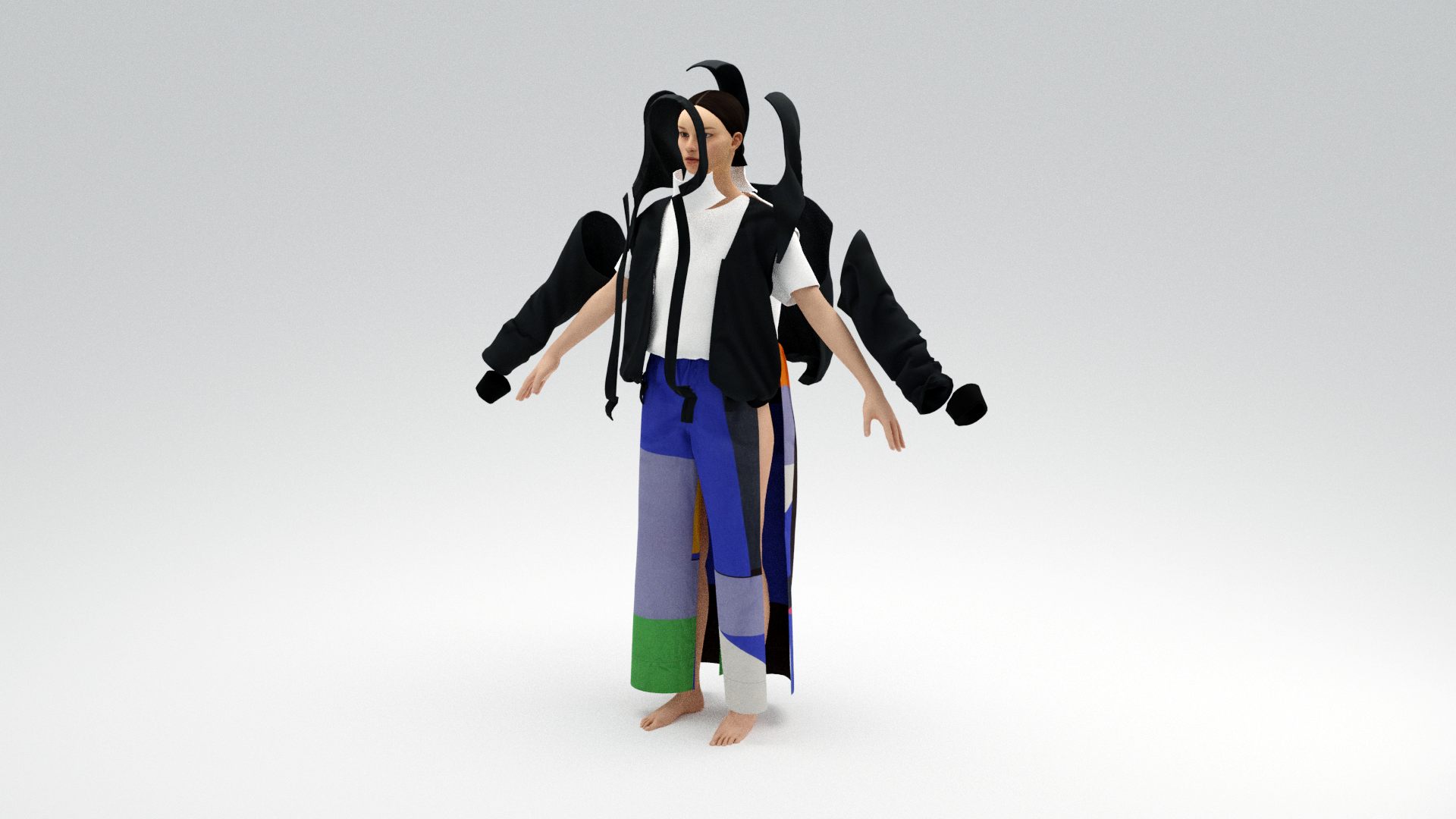
For the Hamburg-based fashion label OMEN, I created a highly detailed 3D visualization of their latest collection – from digital pattern construction to fully rendered, animated scenes.
Using the original garment patterns, each piece was faithfully recreated in CLO3D and Marvelous Designer, allowing for realistic simulation of fabric behavior, drape, and fit. This process ensures that every virtual garment mirrors its real-world counterpart in both form and detail.
The designs were then imported into Blender, where I staged, animated, and rendered them in high quality. Through thoughtful lighting, camera work, and post-processing, I was able to highlight OMEN’s signature minimalist aesthetic and refined craftsmanship in a compelling visual style.
This approach not only enhances creative freedom and production efficiency, but also opens up new possibilities for virtual fashion shows, digital lookbooks, and sustainable product development – all without the need for physical prototypes.
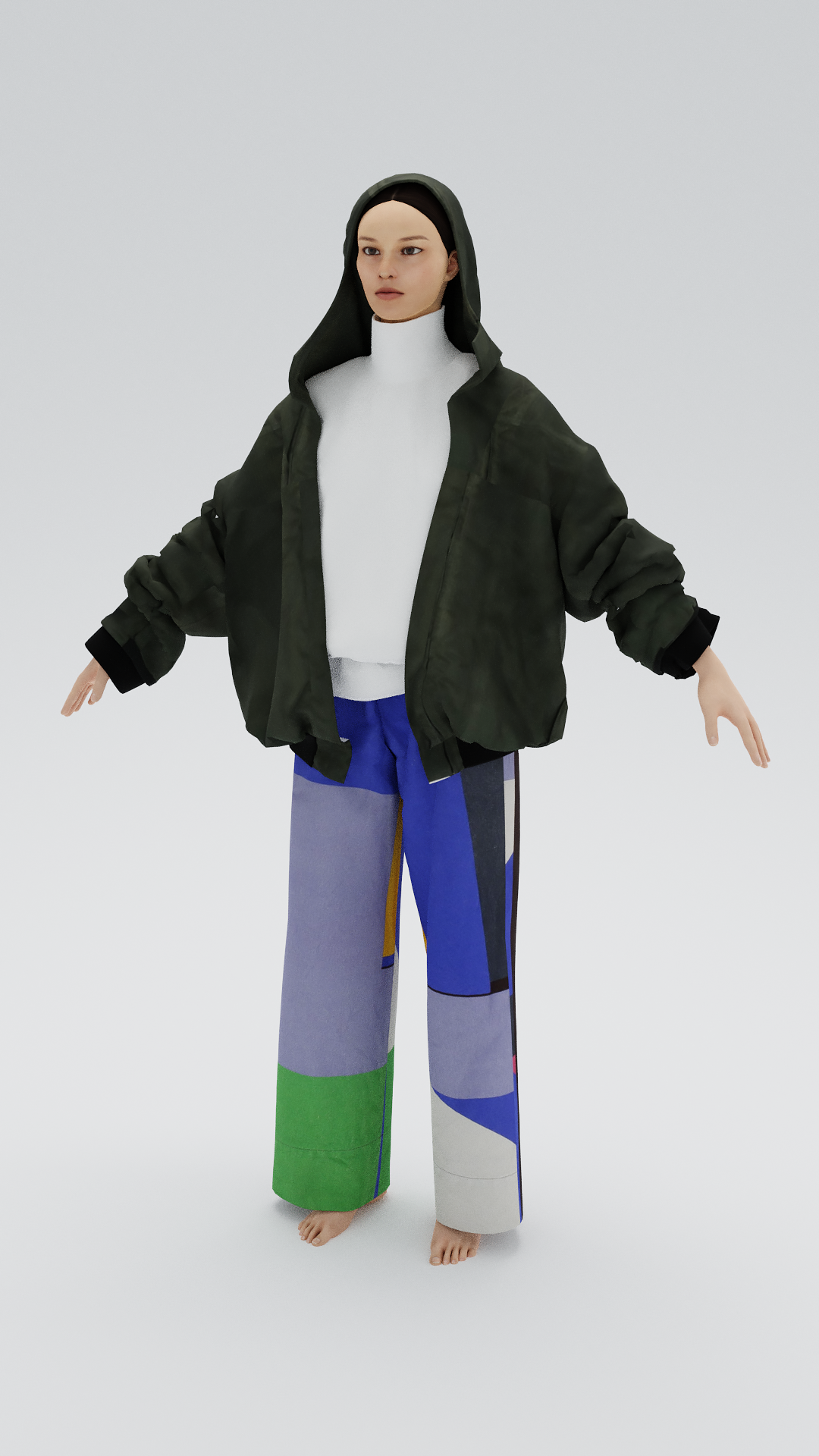
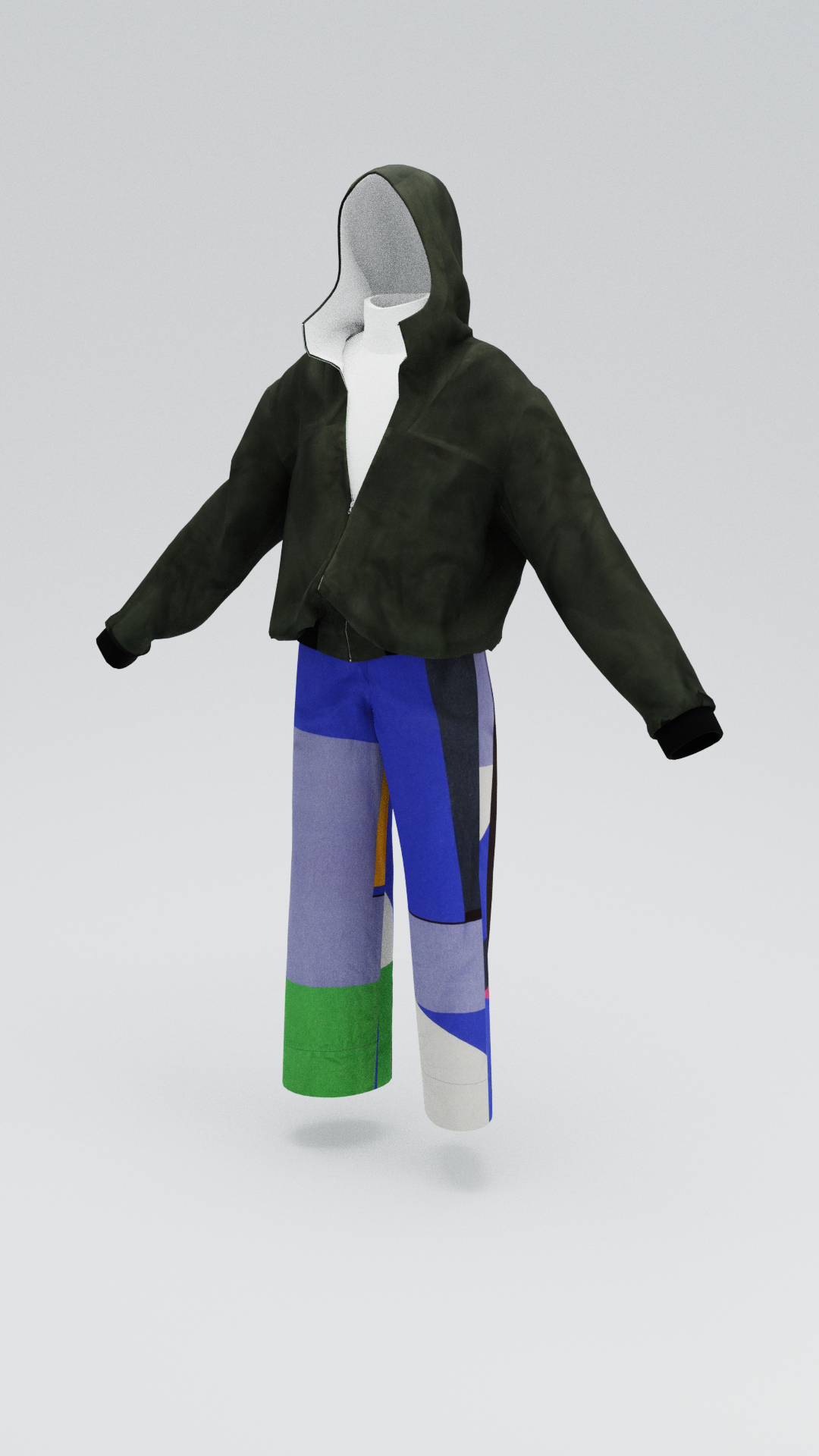
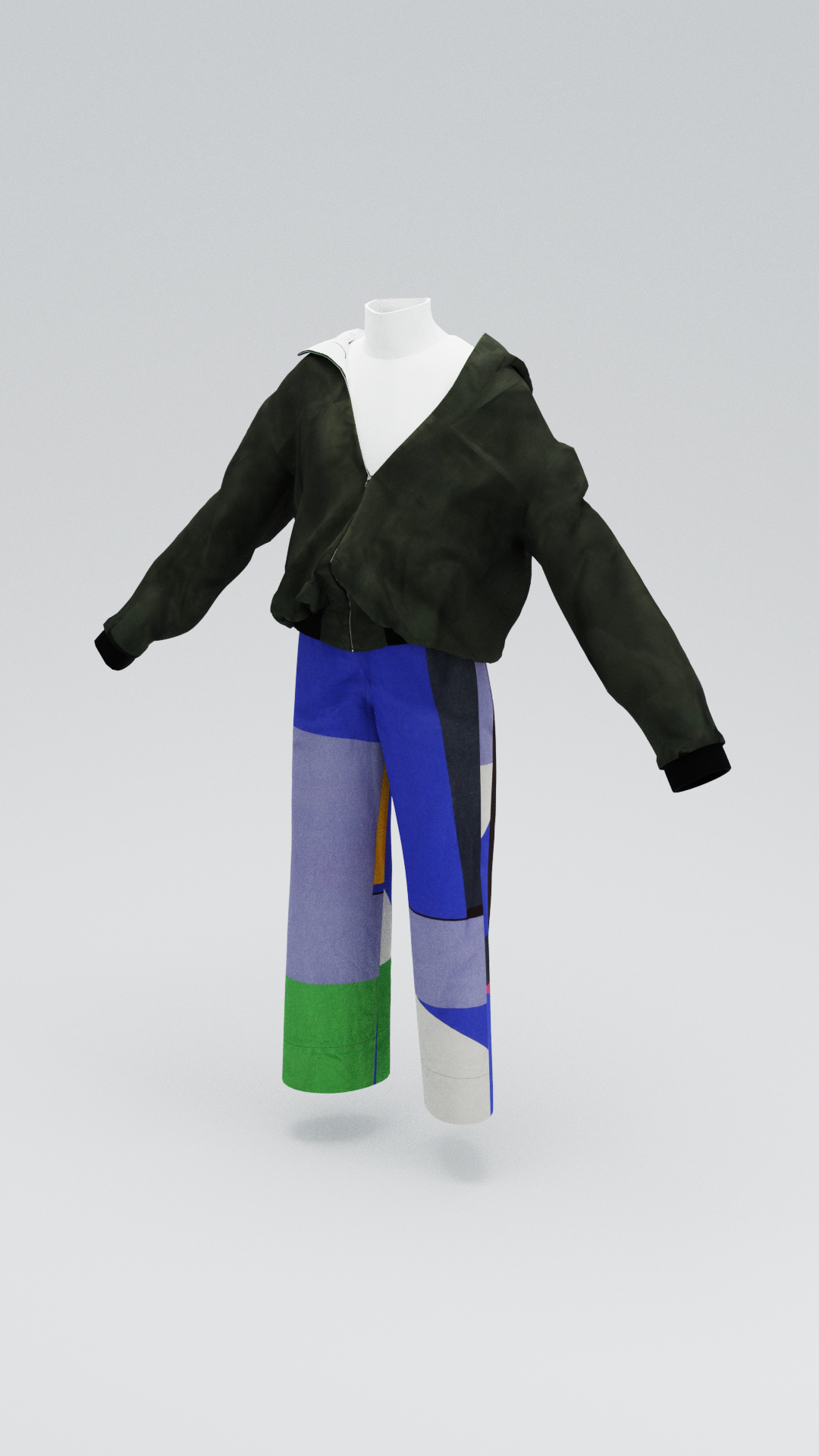
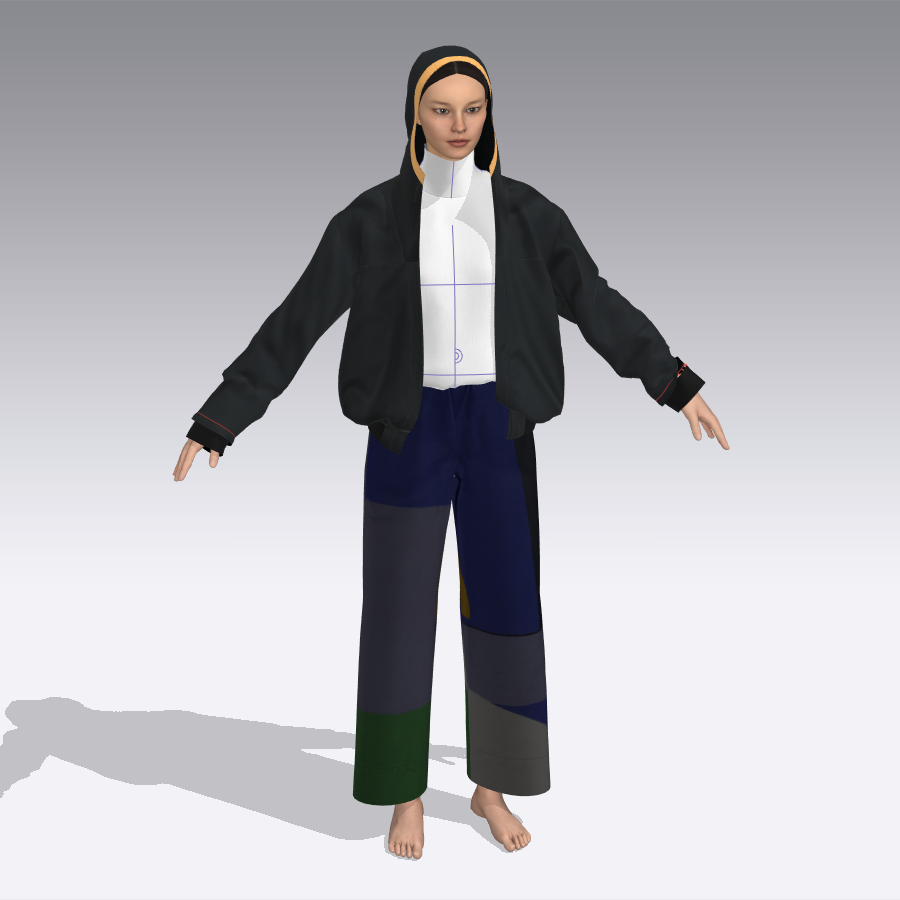
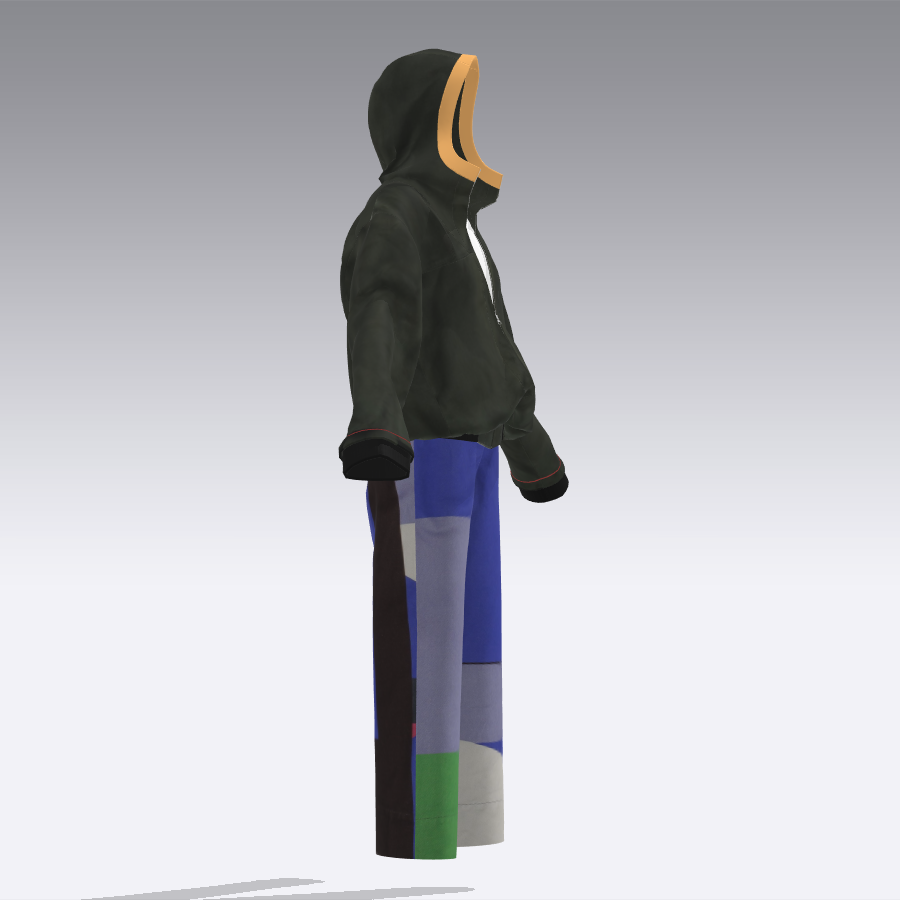
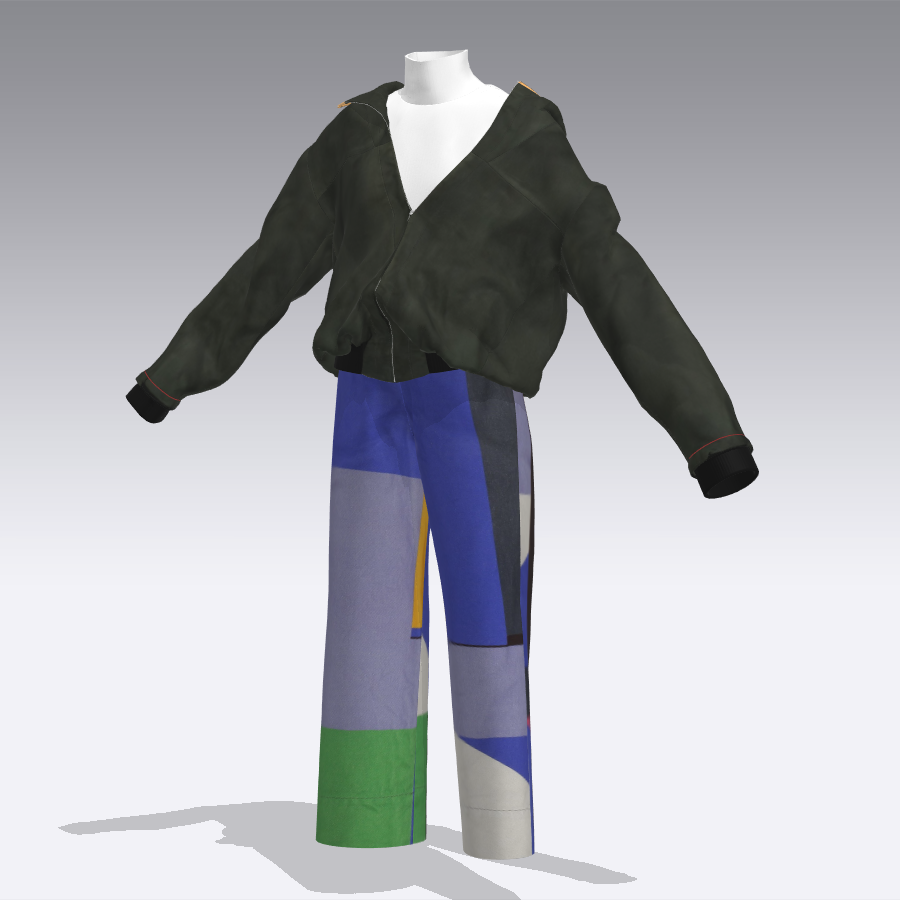
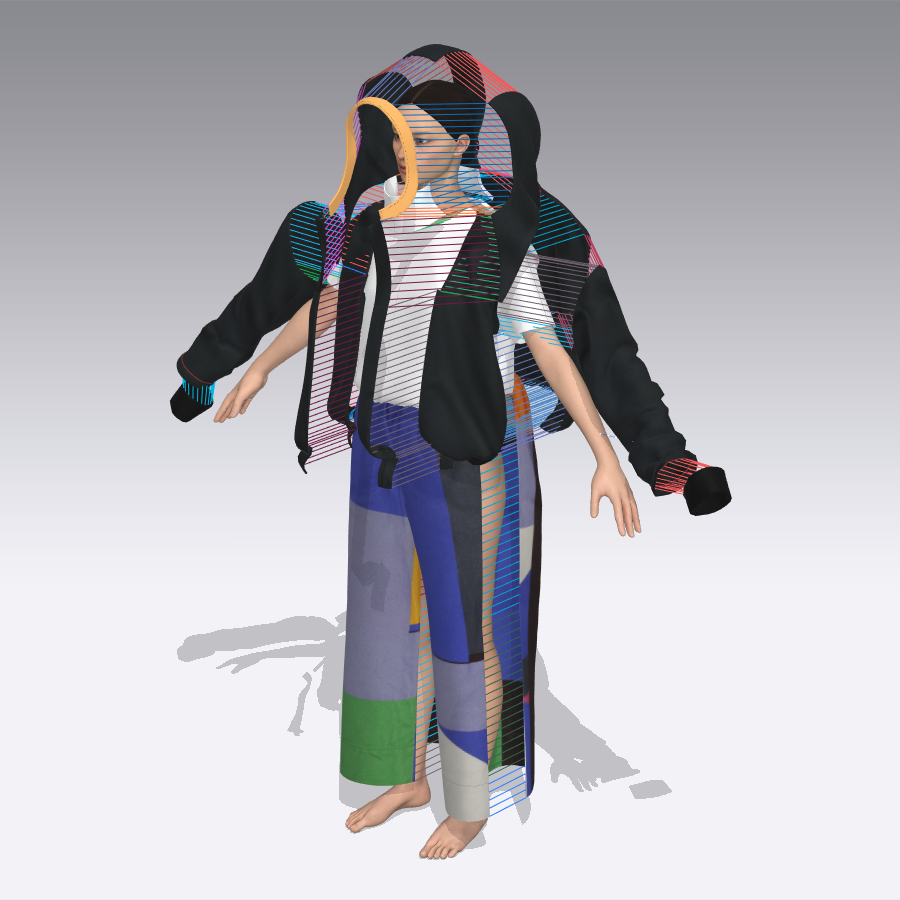
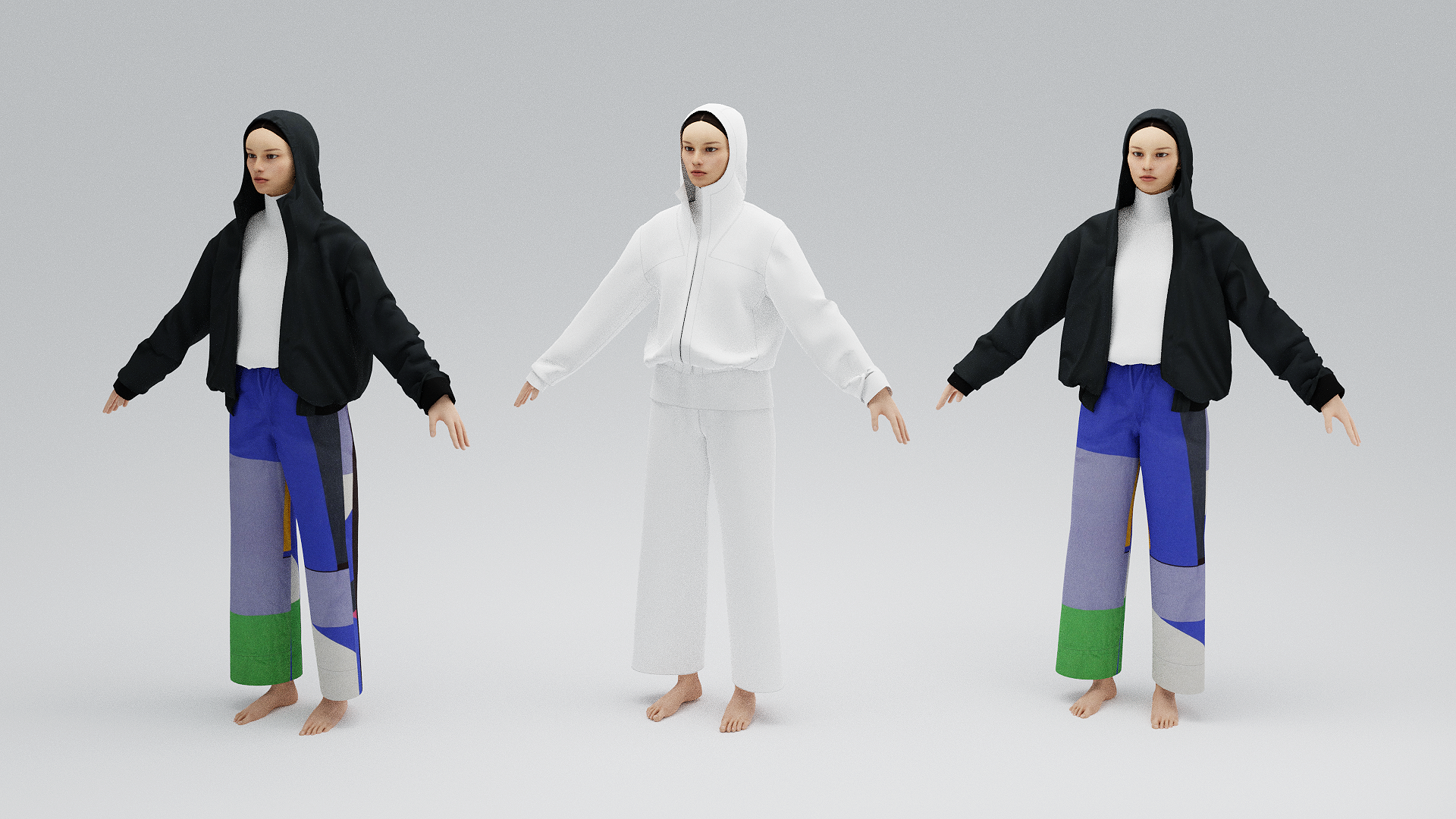
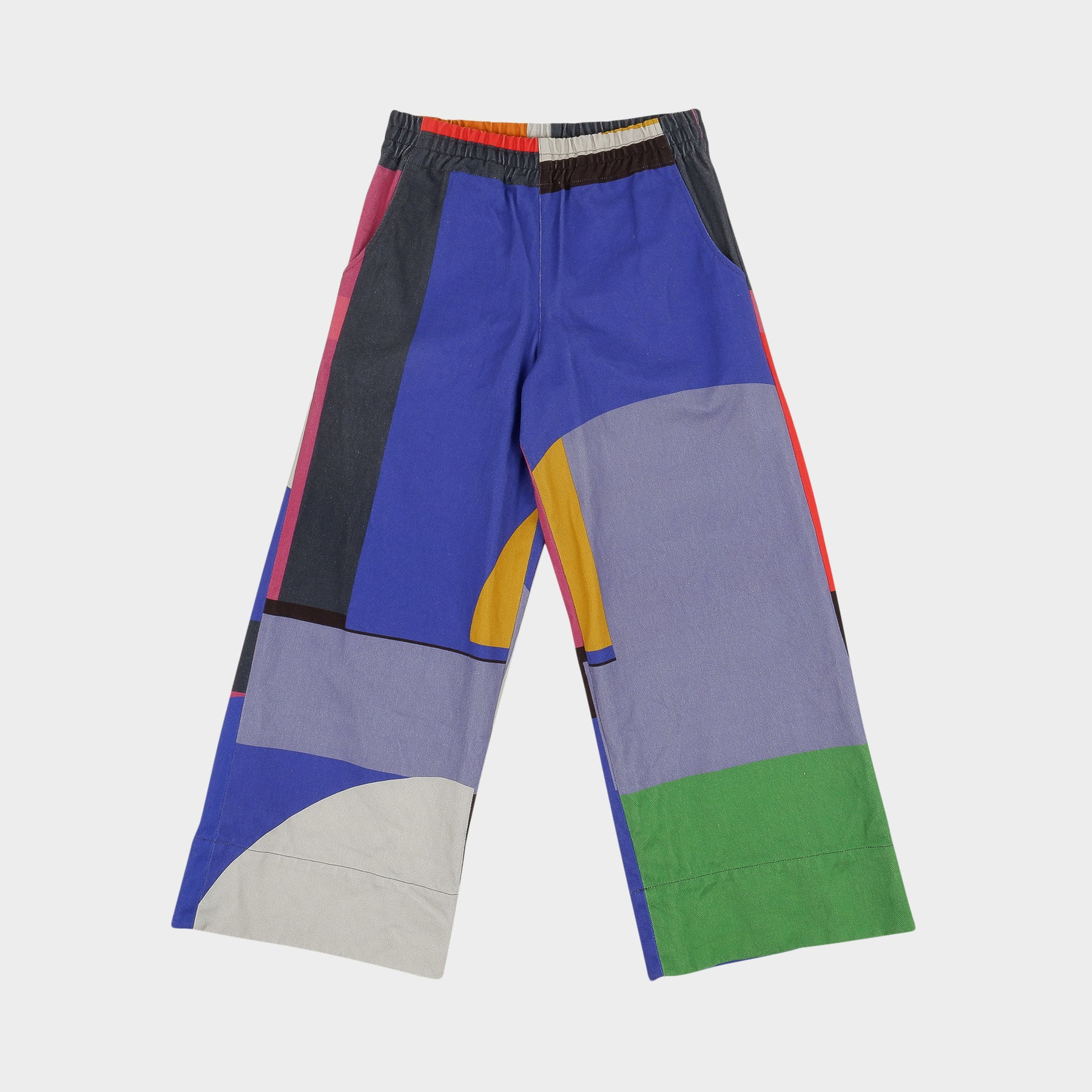
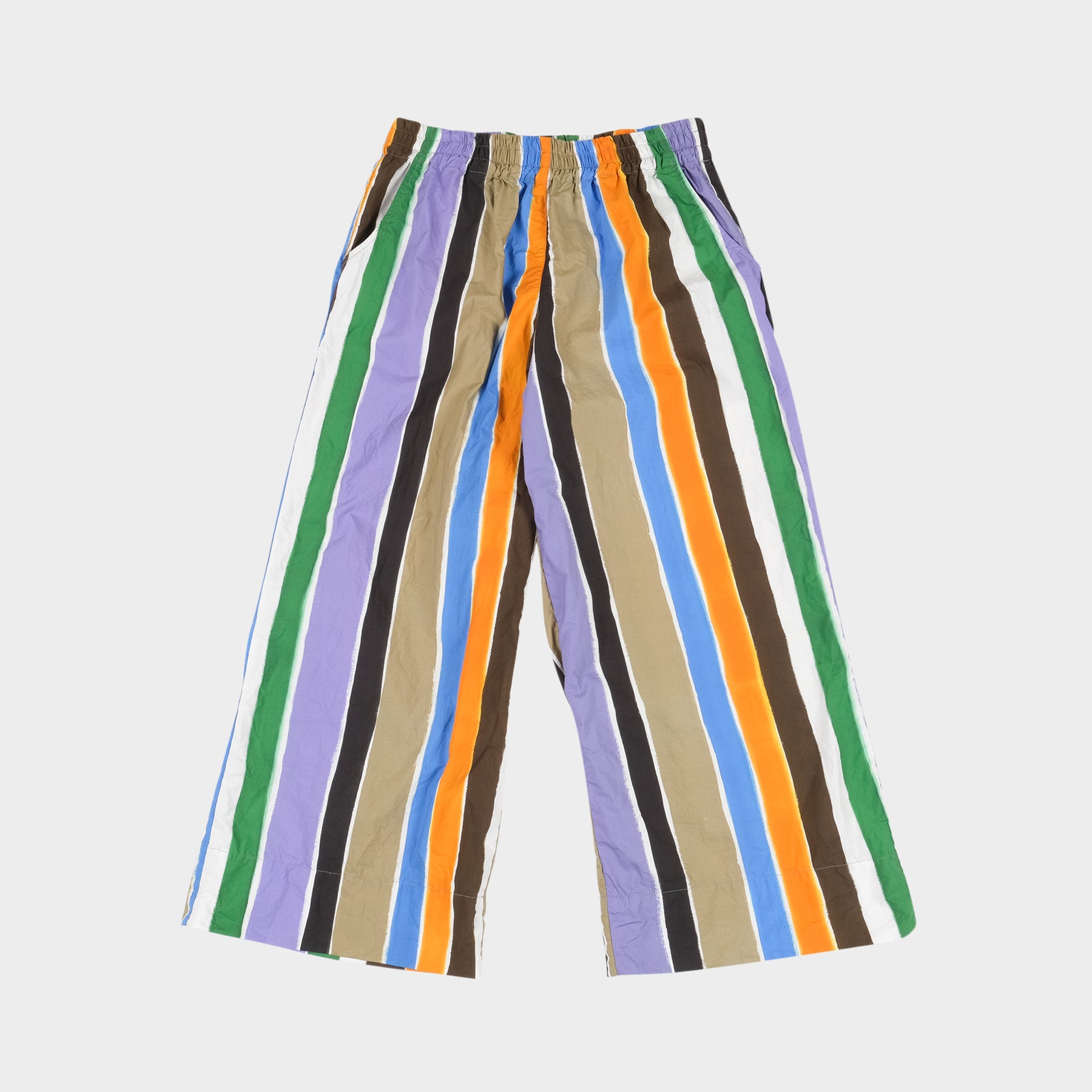
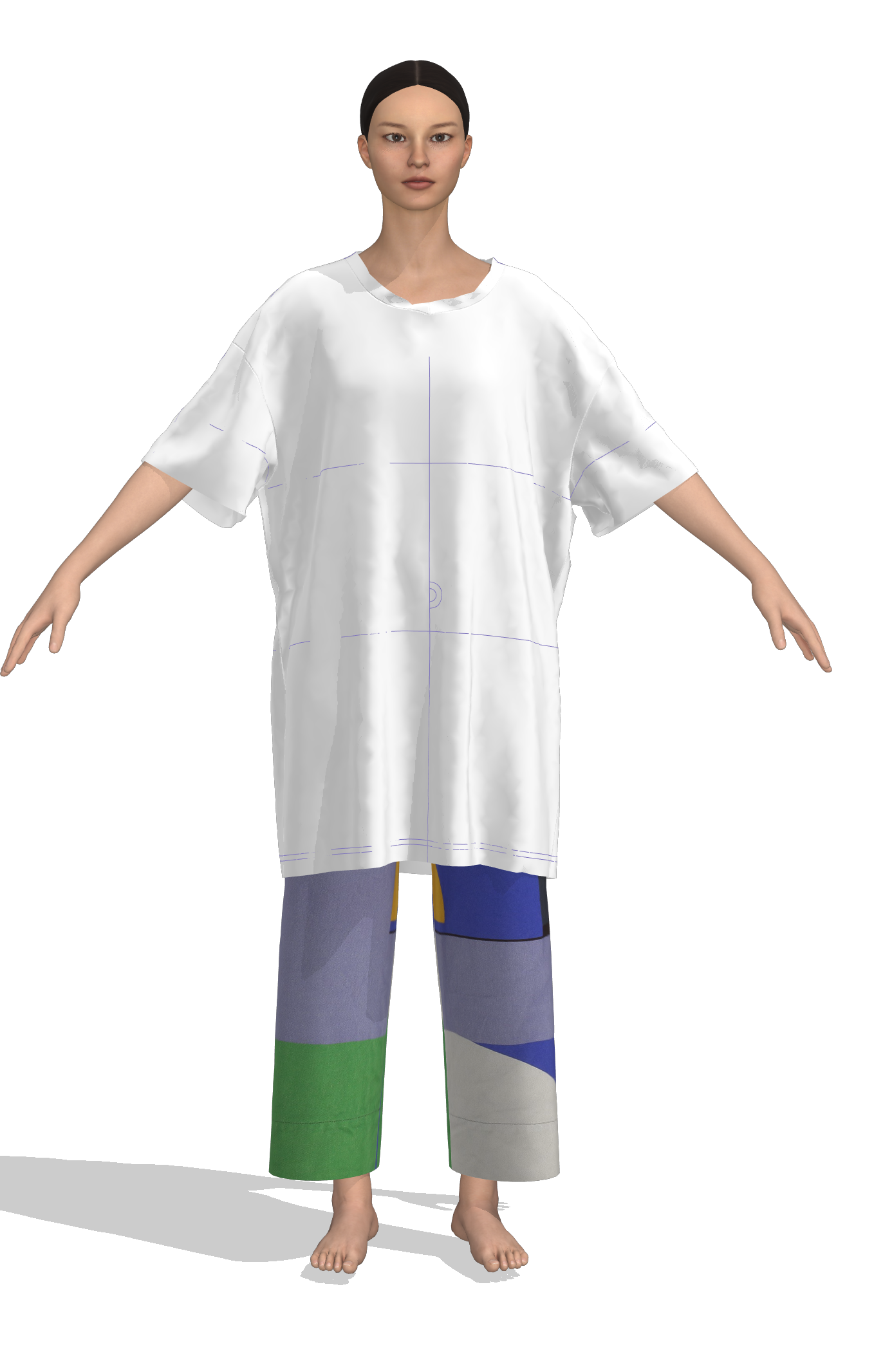
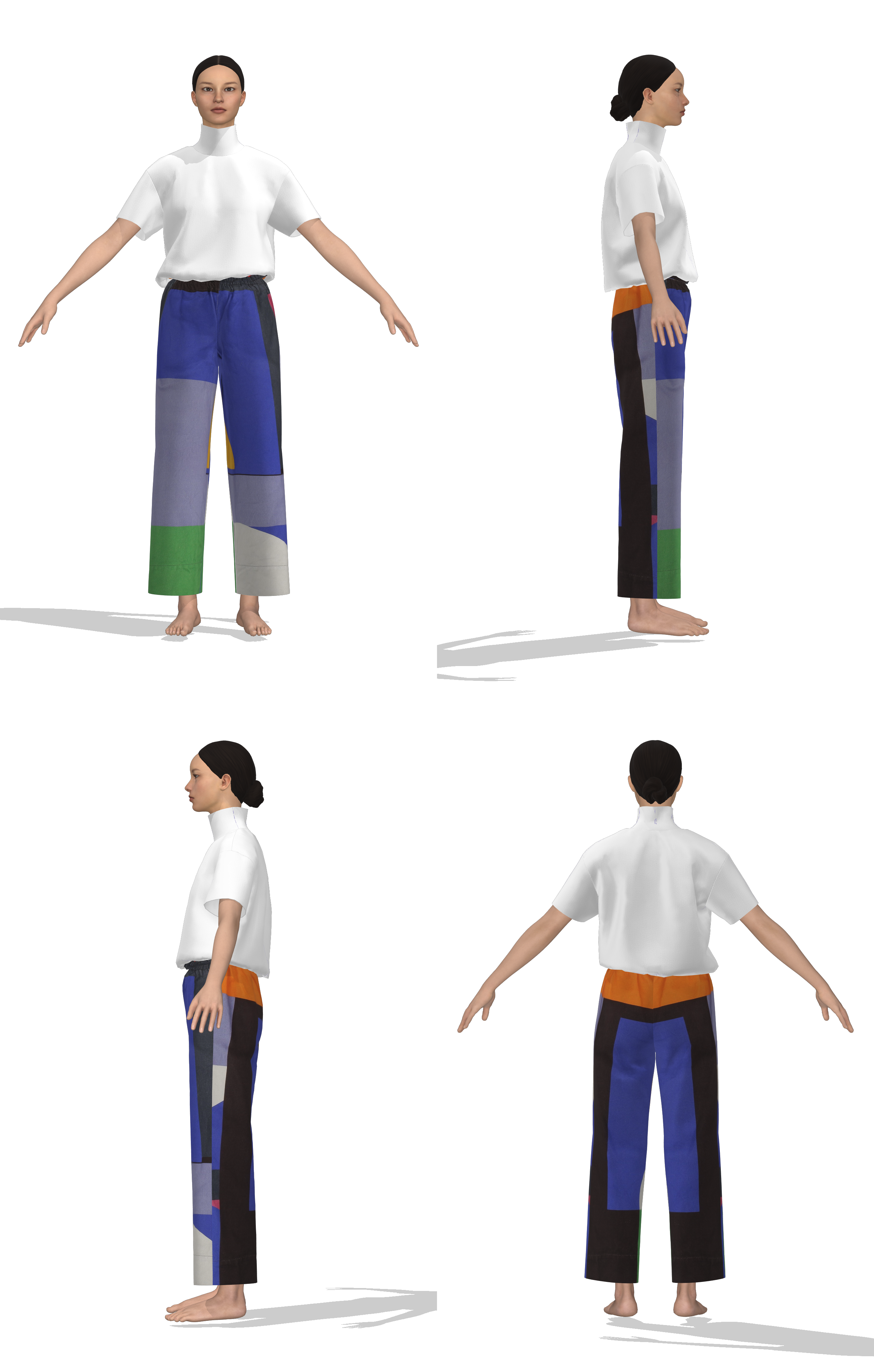
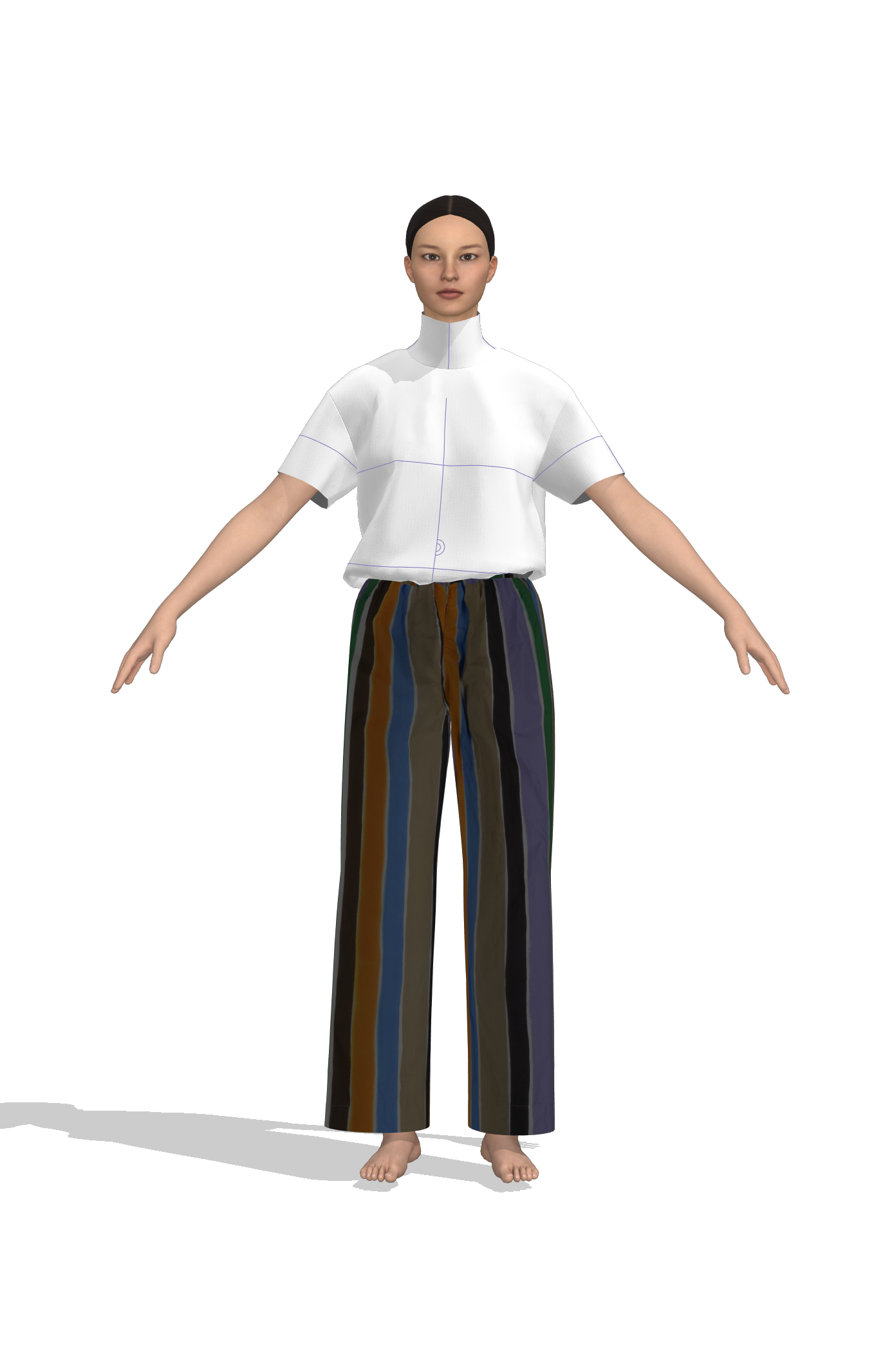
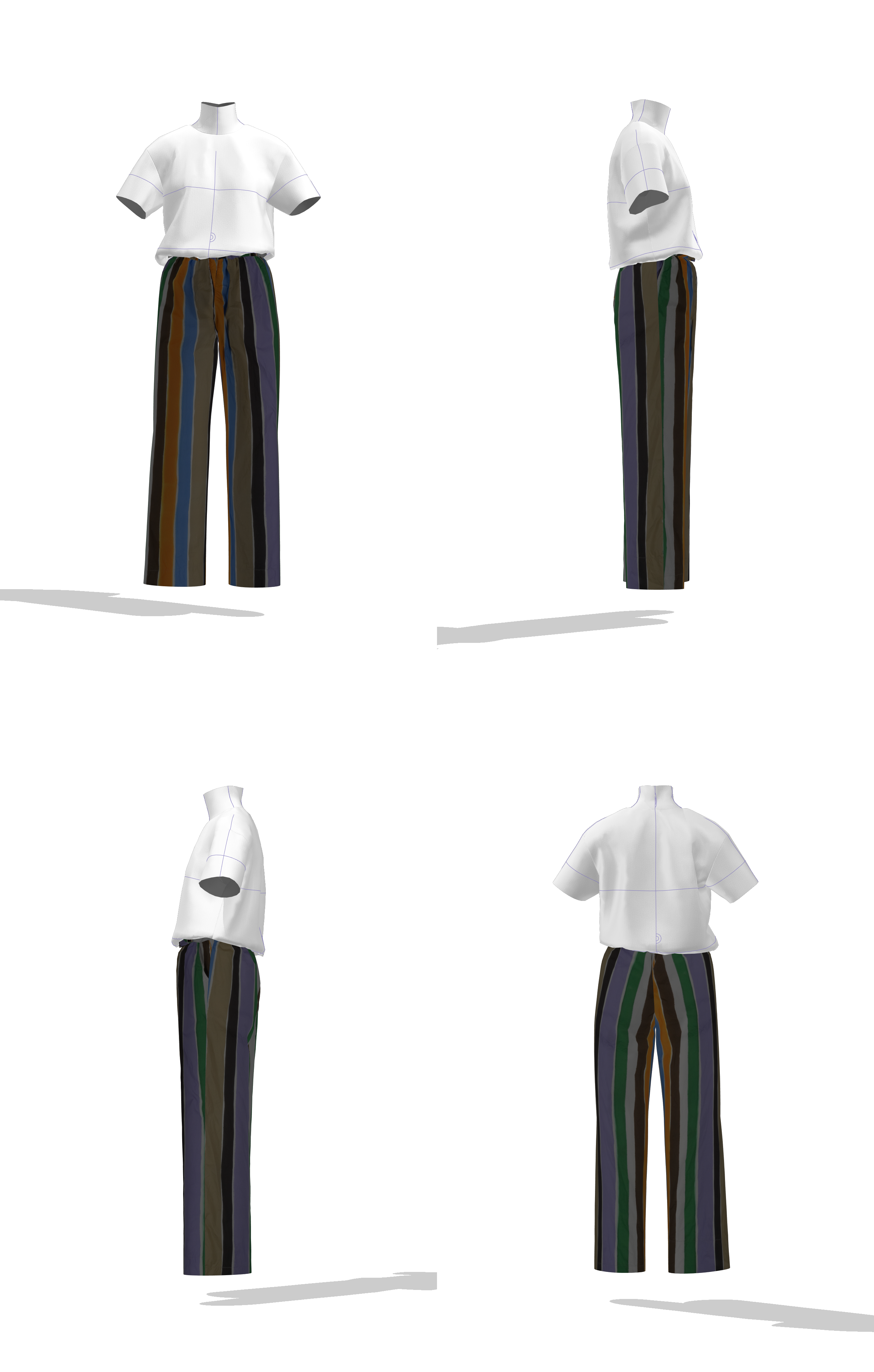
To capture the authentic movement and tactile quality of OMEN’s garments, I focused on realistic fabric physics and haptic simulation. In CLO3D, each material was carefully assigned physical properties – including weight, stiffness, stretch, and drape – to reflect the true behavior of the original fabrics.
These simulations allow the clothing to move naturally with the body, reacting believably to motion and gravity. Once imported into Blender, I refined the animation and used advanced cloth dynamics and shader setups to enhance the sense of texture, light interaction, and material depth.
The result: digital garments that not only look real, but feel real – visually communicating their weight, softness, and structure with precision.
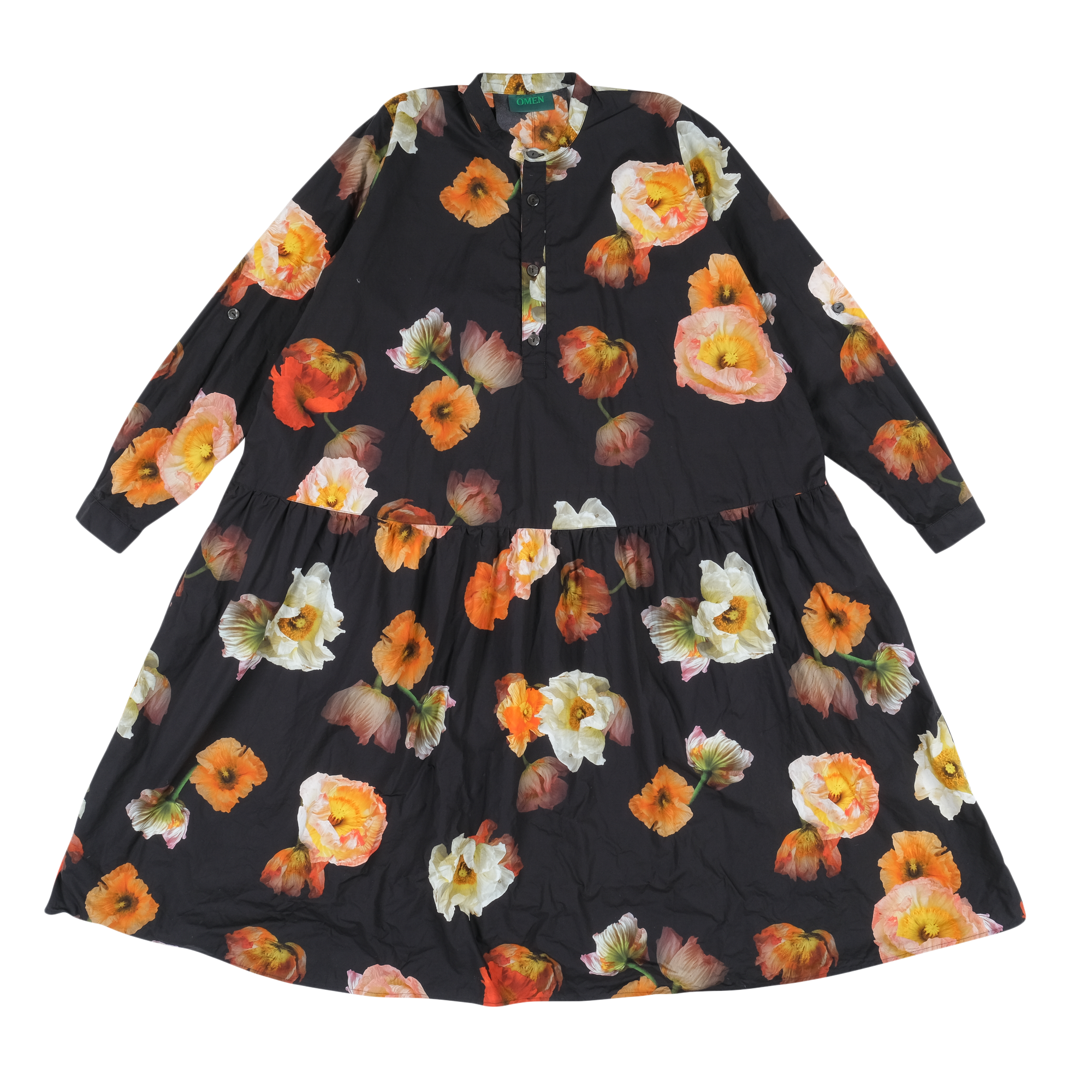
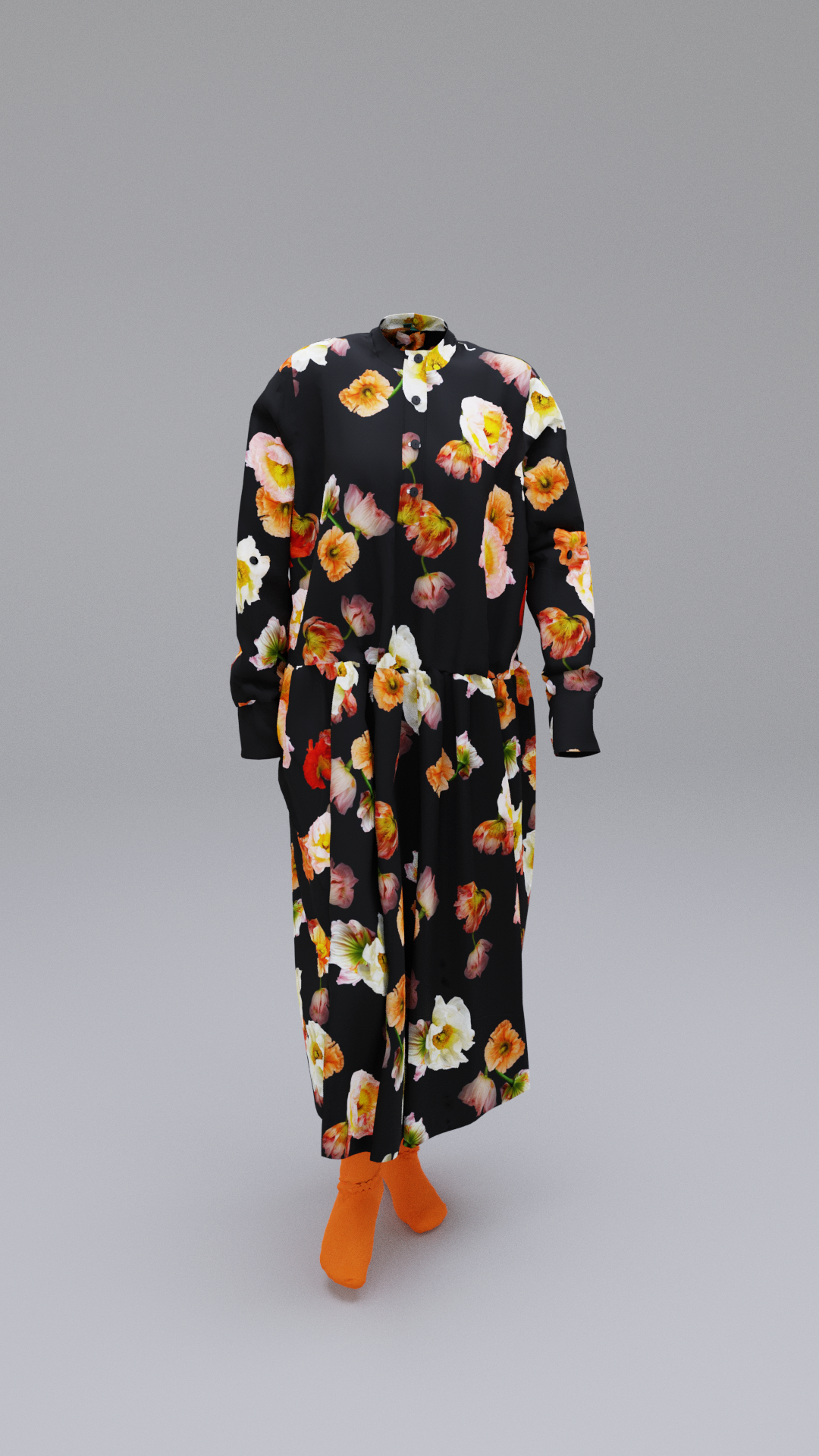
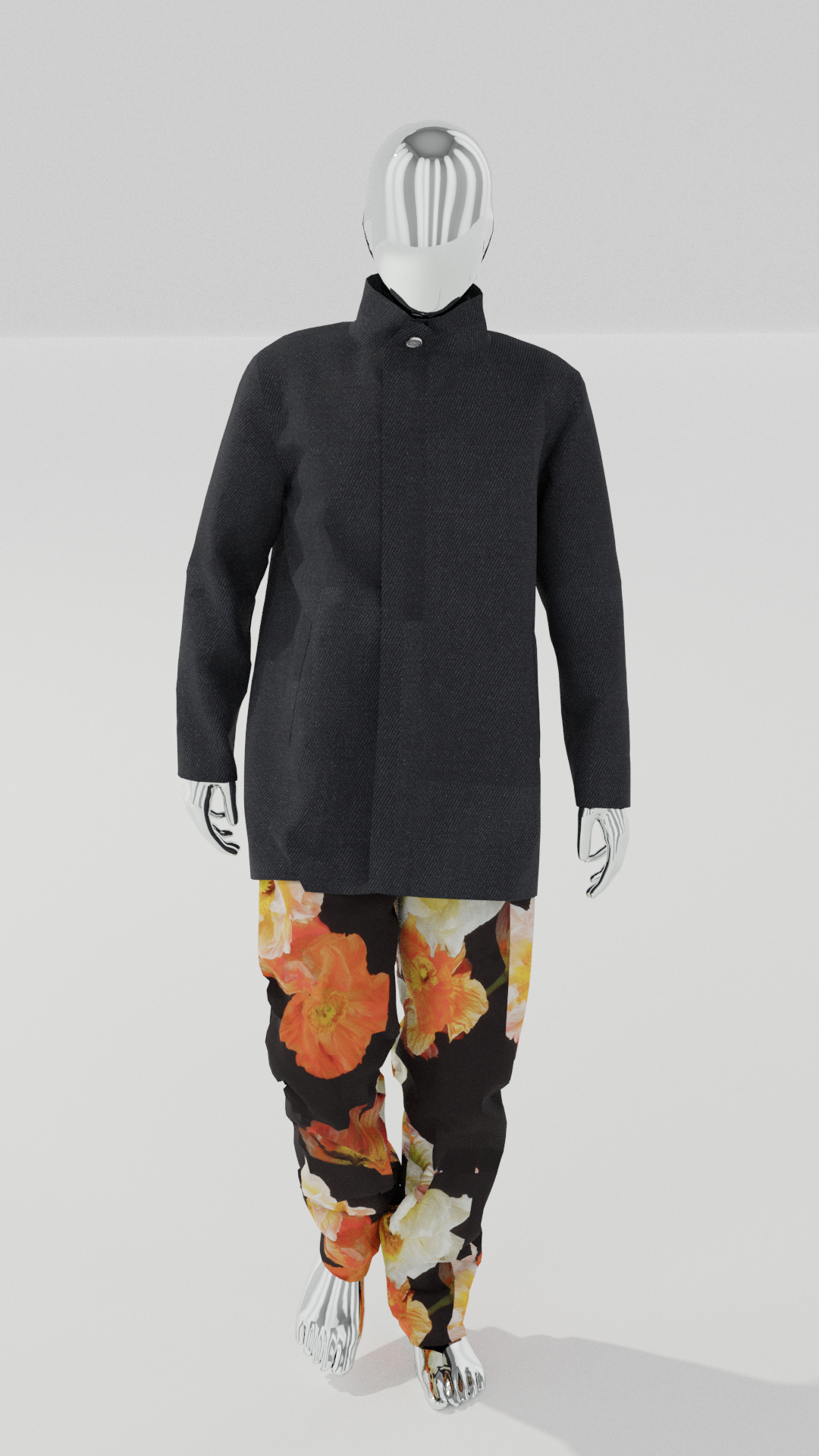
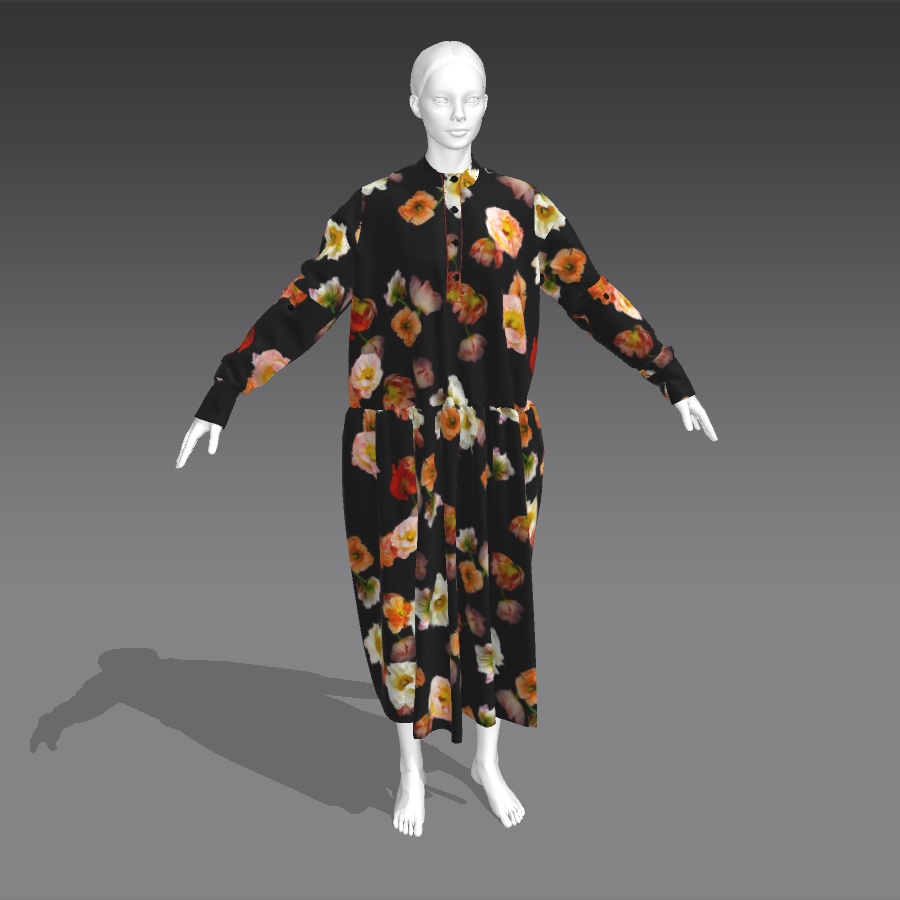
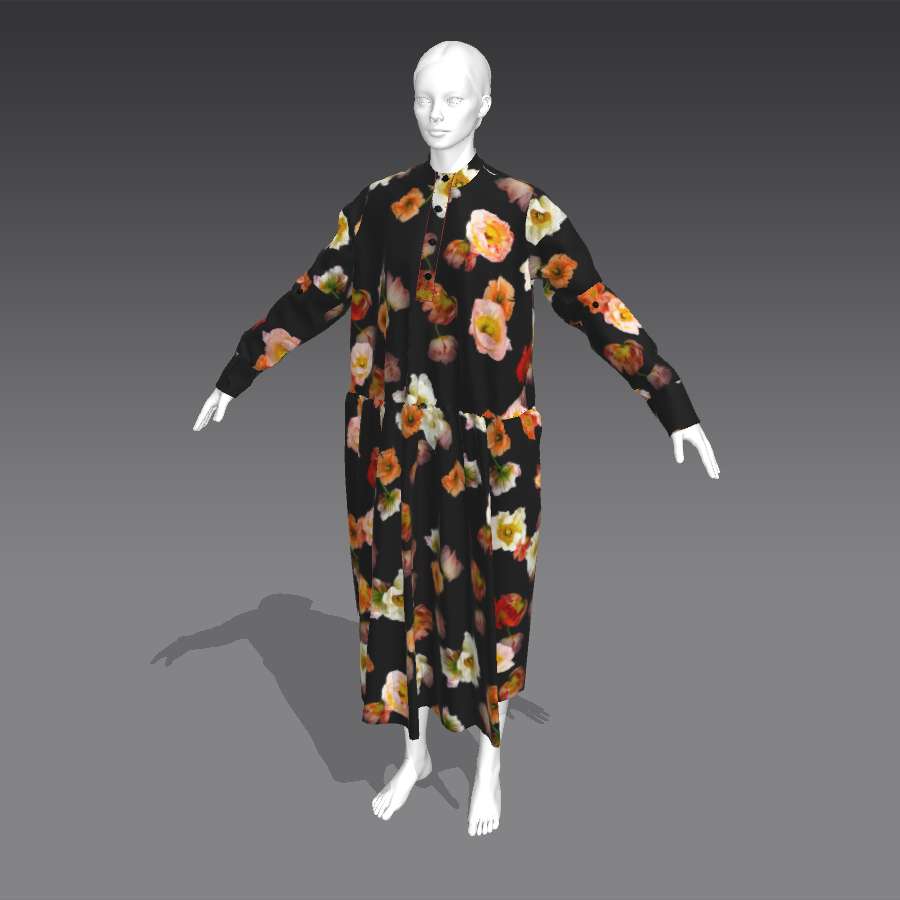
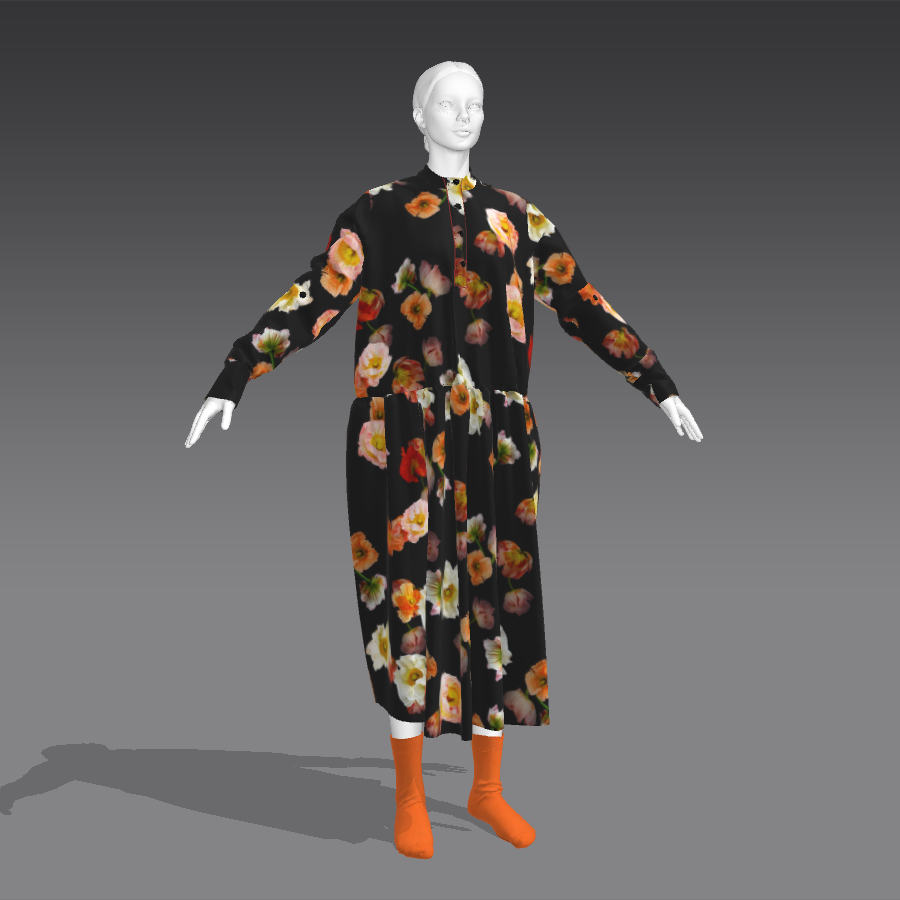
With CLO3D and Blender, materials can be visually transformed and reinterpreted – allowing one fabric to be seamlessly warped into another. This makes it possible to test and showcase how a garment behaves and appears in alternative textiles without producing a single physical sample.
From soft cotton shifting into structured leather, or lightweight silk morphing into technical mesh – the tools simulate not only the look, but also the drape, weight, and light interaction of each material in real time. This technique enables creative exploration, efficient prototyping, and compelling visual storytelling across different fabric choices.
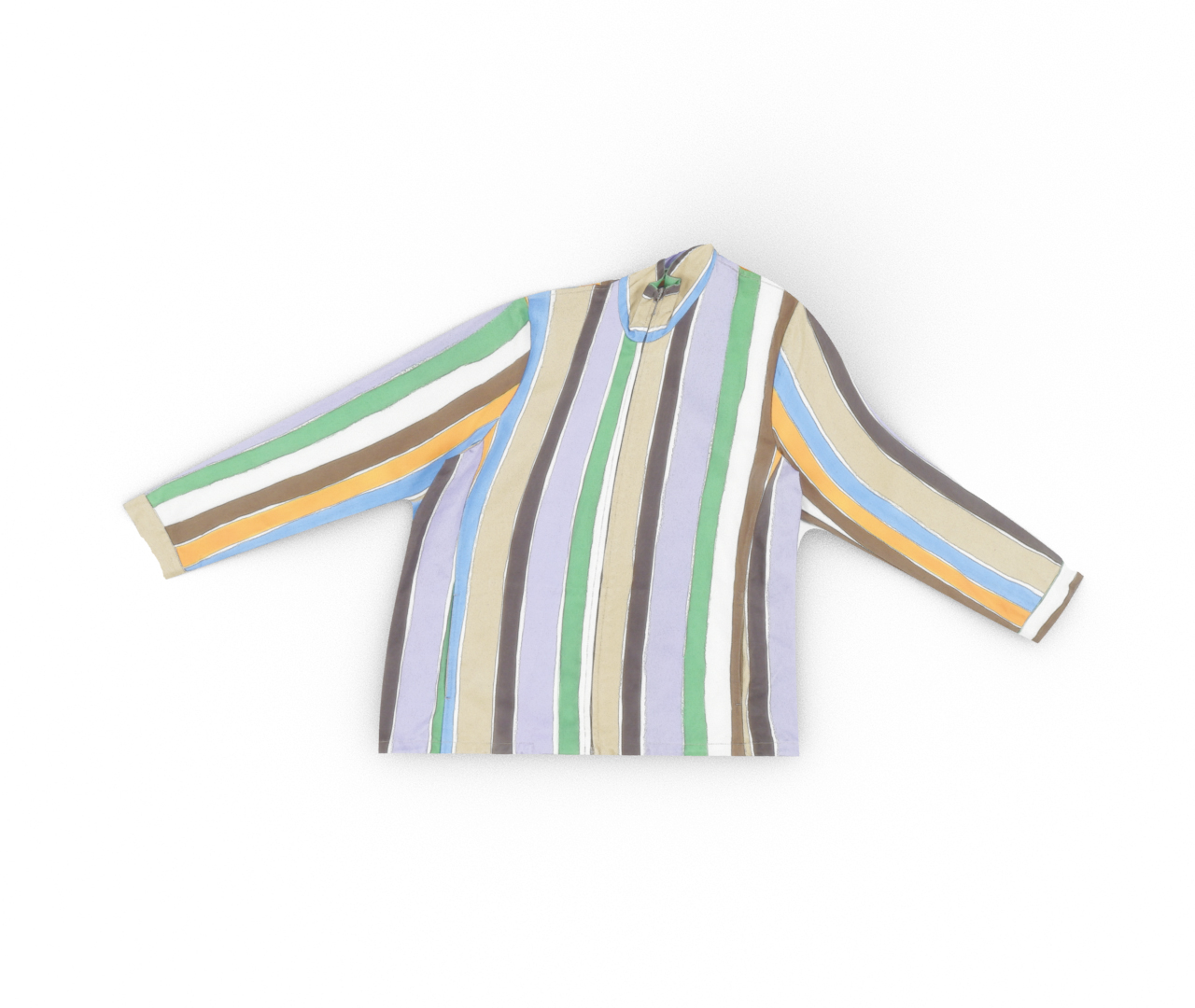
For the Hamburg-based fashion label OMEN, I created a highly detailed 3D visualization of their latest collection – from digital pattern construction to fully rendered, animated scenes.
Using the original garment patterns, each piece was faithfully recreated in CLO3D and Marvelous Designer, allowing for realistic simulation of fabric behavior, drape, and fit. This process ensures that every virtual garment mirrors its real-world counterpart in both form and detail.
The designs were then imported into Blender, where I staged, animated, and rendered them in high quality. Through thoughtful lighting, camera work, and post-processing, I was able to highlight OMEN’s signature minimalist aesthetic and refined craftsmanship in a compelling visual style.
This approach not only enhances creative freedom and production efficiency, but also opens up new possibilities for virtual fashion shows, digital lookbooks, and sustainable product development – all without the need for physical prototypes.














To capture the authentic movement and tactile quality of OMEN’s garments, I focused on realistic fabric physics and haptic simulation. In CLO3D, each material was carefully assigned physical properties – including weight, stiffness, stretch, and drape – to reflect the true behavior of the original fabrics.
These simulations allow the clothing to move naturally with the body, reacting believably to motion and gravity. Once imported into Blender, I refined the animation and used advanced cloth dynamics and shader setups to enhance the sense of texture, light interaction, and material depth.
The result: digital garments that not only look real, but feel real – visually communicating their weight, softness, and structure with precision.






With CLO3D and Blender, materials can be visually transformed and reinterpreted – allowing one fabric to be seamlessly warped into another. This makes it possible to test and showcase how a garment behaves and appears in alternative textiles without producing a single physical sample.
From soft cotton shifting into structured leather, or lightweight silk morphing into technical mesh – the tools simulate not only the look, but also the drape, weight, and light interaction of each material in real time. This technique enables creative exploration, efficient prototyping, and compelling visual storytelling across different fabric choices.
